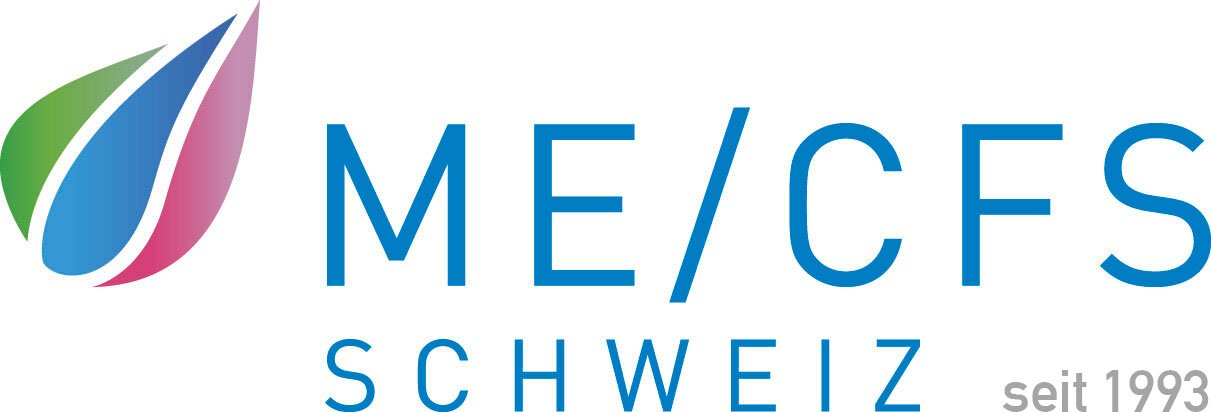Clogged Pipes and Micro Clots
Are ME/CFS, Fibromyalgia and Long COVID Endothelial Cell Diseases?
by Cort Johnson, healthrising.org
As we hoped, technologies are being used in COVID-19 and long-COVID research that would have taken years, if not decades, to show up in chronic fatigue syndrome (ME/CFS), fibromyalgia (FM) research. They’re accelerating insights into potentially critical issues in these diseases. None is more critical – particularly in ME/CFS – than the cause of the fatigue and lack of energy in these diseases.
Because blood vessels deliver oxygen to the mitochondria they need to provide free flows to them. It just makes sense that poor blood/oxygen flows to the cells is going to impede energy production. The interest in the role blood vessels and reduced oxygen delivery to the muscles plays in fibromyalgia, and particularly ME/CFS, dates back quite a ways. As far back as 2013, Health Rising was asking: “Are Oxygen Starved Tissues Causing Pain and Fatigue in Fibromyalgia and Chronic Fatigue Syndrome (ME/CFS)?”
Perhaps the strongest evidence that blood vessel problems exist in ME/CFS comes from David Systrom’s invasive exercise studies. Systrom’s ability to measure blood flows and oxygen levels before and after the blood gets to the muscles is the key.
Arterial blood carries oxygenated blood from the heart/lungs to the muscles, which use the oxygen to produce energy. The blood is then returned to the venous circulation, which returns it to the lungs where it is oxygenated and then pumped out by the heart.
His studies suggest two different blood vessel problems are occurring in ME/CFS:
One group of ME/CFS patients has higher than expected oxygen levels in the venous blood. That suggests that a microcirculatory problem is shunting blood away from the muscles – depriving the mitochondria of oxygen. The inability of the mitochondria to get a hold of this oxygen during exercise results in higher-than-normal oxygen levels in the venous blood. It’s very easy to potentially explain the fatigue/PEM in this group – their muscles are simply not getting the fuel they need for their aerobic energy production system to kick in.
Another group with normal venous oxygen levels, but with reduced amounts of blood returning to the heart (low preload), appears to have sprung some leaks in their venous circulatory system. This group simply doesn’t have enough blood reaching the heart for it to provide normal amounts of blood to the muscles.

